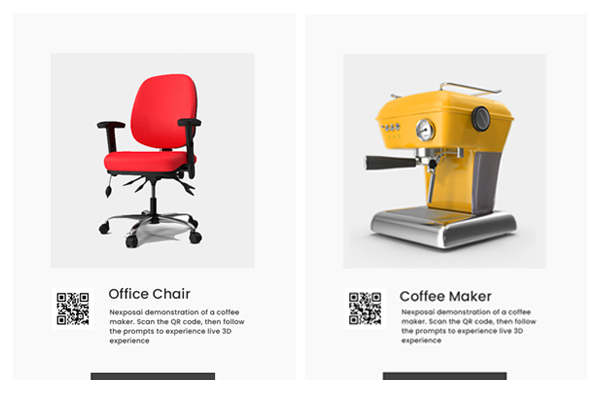Unlocking the Potential: Measuring the ROI of AR in Sales
Augmented Reality (AR) has emerged as a game-changer in the world of sales, revolutionizing the way businesses engage with customers and drive revenue. As more companies recognize the power of AR, the need to measure its return on investment (ROI) becomes increasingly important. In this article, we will explore the metrics that can help you calculate the success of AR in your sales strategies.
1. Increased Customer Engagement
- Time spent: AR allows customers to interact with products virtually, providing a more immersive and engaging experience. Measure the average time customers spend using AR features compared to traditional methods.
- Conversion rates: Track the percentage of customers who make a purchase after engaging with AR content. Compare this to conversion rates without AR to determine the impact on sales.
- Customer feedback: Collect feedback from customers who have used AR to understand their satisfaction levels and whether it influenced their buying decision.
2. Enhanced Product Visualization
- Product views: Measure the number of times customers view products using AR compared to traditional methods. This metric indicates the level of interest and engagement with AR.
- Product customization: If your AR solution allows customers to customize products, track the percentage of customers who utilize this feature. This metric demonstrates the value of AR in personalizing the buying experience.
- Reduced returns: Analyze the rate of product returns for customers who used AR compared to those who didn’t. AR can help customers make more informed purchasing decisions, potentially reducing returns.
3. Sales Team Performance
- Training effectiveness: Measure the impact of AR on sales team training. Assess the time it takes for new hires to become proficient in product knowledge and sales techniques with the help of AR.
- Deal closure rates: Compare the success rates of sales deals that utilized AR in the sales process versus those that didn’t. This metric highlights the influence of AR on closing deals.
- Upselling opportunities: Track the number of upselling opportunities generated through AR interactions. This metric demonstrates the potential for increased revenue through cross-selling and upselling.
4. Cost Savings
- Reduced sample costs: If your business relies on physical product samples, measure the cost savings achieved by using AR to showcase products virtually instead.
- Travel expenses: If your sales team frequently travels for demonstrations or meetings, calculate the cost savings resulting from using AR to conduct virtual meetings and presentations.
- Time efficiency: Assess the time saved by using AR in the sales process, such as eliminating the need for physical product setup or reducing the time spent on repetitive tasks.
By analyzing these metrics, you can gain valuable insights into the effectiveness of AR in your sales strategies. Remember, the ROI of AR extends beyond immediate sales figures. It also encompasses improved customer experiences, increased brand loyalty, and long-term business growth.
As AR technology continues to evolve, the potential for even greater ROI in sales strategies is immense. Industry experts predict that AR will become an integral part of the sales process, enabling businesses to create personalized and interactive experiences for customers.
So, if you’re considering implementing AR in your sales strategies, start by measuring its ROI using the metrics outlined above. The results may surprise you and inspire you to explore further opportunities for leveraging AR to drive your business’s performance to new heights.





